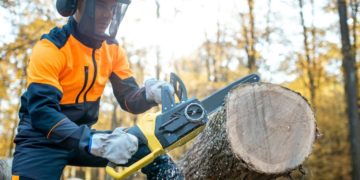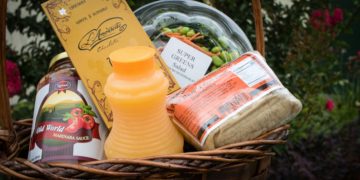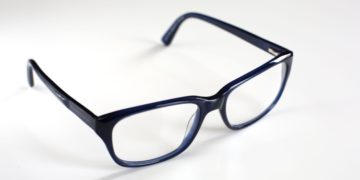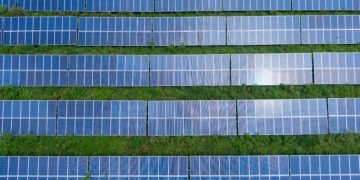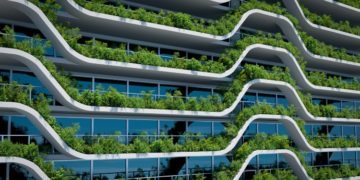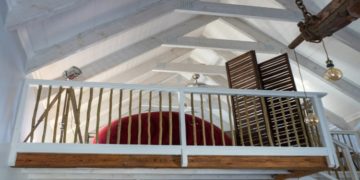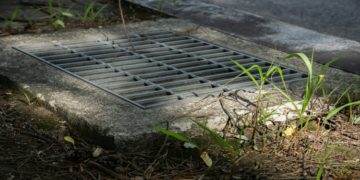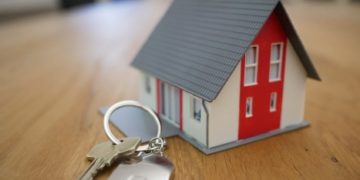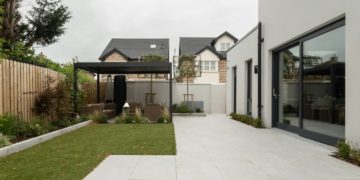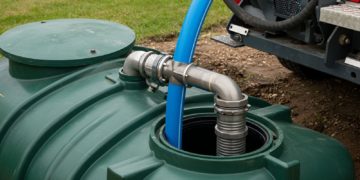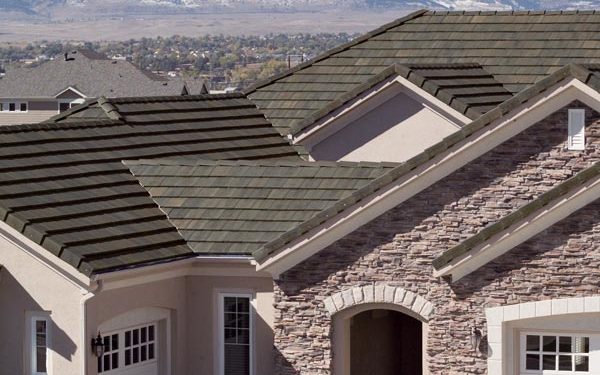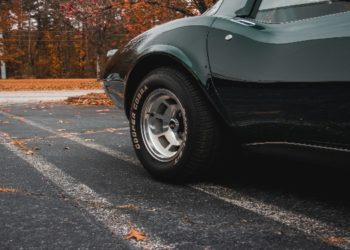In regions where seasons shift dramatically and weather patterns are anything but predictable, residential roofing takes on a much more vital role than just curb appeal. In the Midwest, it’s about protection, energy efficiency, and long-term performance—roofing that can stand up to the demands of all four seasons.
Homeowners living in climates like East Detroit must think beyond aesthetics. While style is important, the backbone of a successful residential roofing system lies in durability, functionality, and regional adaptability. If you’re wondering what separates short-lived roofing from a long-term investment, this article outlines the core factors you should consider when designing or updating a roof in a climate known for unpredictability.
Understanding Midwest Weather Challenges
One of the Midwest’s defining features is its range of weather conditions. Summers can bring scorching temperatures, while winters dump heavy snow and ice across rooftops. Spring and fall don’t go easy either—with windstorms, hail, and dramatic temperature fluctuations.
The ideal residential roofing solution for this region isn’t just about surviving a single season—it’s about withstanding decades of this seasonal cycle. Durable roof designs must take these fluctuations into account from the outset. This includes material choice, structural reinforcement, and even insulation strategies to maintain performance throughout the year.
Material Matters More Than You Think
Choosing the right roofing material is the foundation of durability. In the Midwest, where roofs are often tested by freeze-thaw cycles and prolonged moisture exposure, selecting weather-appropriate materials is crucial.
- Asphalt shingles remain a common choice for residential roofing due to their affordability and resistance to a variety of climates. However, not all asphalt shingles are created equal. Look for architectural-grade shingles rated for wind and hail resistance.
- Metal roofing is gaining popularity in areas prone to snow and storms. With a longer lifespan and better resistance to ice dams, metal surfaces can reflect heat in summer and shed snow in winter—both essential traits in fluctuating climates.
- Synthetic composite materials also offer durability with the appearance of slate or cedar, providing an upscale look without the fragility associated with natural materials.
Whatever the choice, materials must be evaluated for local relevance. It’s not about what’s trending—it’s about what works.
Proper Installation Is Half the Battle
Even the best materials will underperform if not installed correctly. Residential roofing systems rely on precision installation to ensure structural integrity and weather resistance. This includes underlayment, ventilation pathways, flashing placement, and sealing at penetration points.
Improper installation not only voids warranties but invites early failure. Loose flashing or improperly nailed shingles, for example, can allow water to infiltrate and cause internal damage. In the Midwest, where ice and rain are recurring challenges, minor mistakes can lead to major issues.
That’s why working with an experienced roofing company is essential. Best Choice Roofing of East Detroit is one of several trusted regional contractors known for their understanding of local codes and weather demands. Brands that value long-term performance take no shortcuts during installation—and neither should homeowners.
The Role of Ventilation and Insulation
Durability isn’t just about the outer layer of a roof. What’s beneath the shingles plays a pivotal role in a system’s performance, especially when it comes to ventilation and insulation.
Ventilation ensures moisture does not build up inside the attic, preventing mold, mildew, and structural degradation. It also helps regulate temperature, reducing ice dams during winter and preventing heat buildup in summer.
On the other hand, proper insulation minimizes thermal transfer. During winter, it keeps heat inside your home, and during summer, it keeps the scorching sun at bay. This thermal regulation not only protects roofing materials from thermal expansion and contraction but also contributes to energy efficiency.
When homeowners overlook this hidden layer, the roof’s outer materials tend to deteriorate faster—especially in climates that swing from humid to icy within a few weeks.
Drainage Systems: Not Just Gutters
Midwestern homes deal with intense rainfalls and rapid snowmelts. If water lingers on your roof, it increases the chance of leaks, rot, and mold. That’s why a well-designed drainage system is more than an afterthought.
Sloped designs that encourage runoff, strategic placement of gutters and downspouts, and even snow guards (for metal roofs) ensure that water doesn’t accumulate where it shouldn’t. Regular inspections of these systems are crucial, especially during seasonal transitions.
Additionally, choosing a roof pitch suited to your location’s precipitation profile can help enhance durability. Steeper pitches naturally shed water and snow faster than flat or shallow ones, minimizing moisture exposure.
Energy Efficiency as a Durability Factor
While often seen as a benefit, energy efficiency also contributes to long-term roof performance. Roofs that reflect UV radiation and reduce thermal absorption stay cooler, suffer less expansion/contraction stress, and maintain material integrity longer.
Cool-roof technologies, radiant barriers, and reflective shingles are all strategies to achieve this. Plus, by reducing the workload on HVAC systems, energy-efficient roofing plays a part in extending the life of other household systems, further protecting your overall investment.
Roof Maintenance Should Be Routine
Durability isn’t just about how a roof is built—it’s also about how it’s maintained. In the Midwest, where seasonal changes can wreak havoc, regular inspections can catch issues before they escalate.
Spring and fall are ideal times to inspect for damage. Look for:
- Shingle loss or movement
- Granule accumulation in gutters
- Damaged flashing or vent boots
- Signs of mold or mildew in the attic
Addressing minor concerns early prevents them from snowballing into major replacements. Maintenance is the often-overlooked key to ensuring your roof meets or exceeds its expected lifespan.
The Cost of Overlooking Regional Realities
Homes built in the Midwest that don’t account for the area’s weather realities often pay the price in the form of repairs, inefficiency, and premature replacements. A roof designed for a dry, mild climate simply won’t endure in a region where winter freezes and summer storms are annual guarantees.
That’s why roofing solutions need to be regional. There’s no one-size-fits-all answer. A residential roof that thrives in California might fail in Michigan. Understanding the environment is non-negotiable.
Long-Term Thinking Equals Long-Term Results
Homeowners who prioritize durability during the planning or renovation phase often enjoy fewer repairs, lower energy costs, and a greater return on their roofing investment. It’s not about avoiding cost—it’s about ensuring value.
Whether you’re installing a brand-new system or evaluating the one currently overhead, thinking beyond the surface can extend the life of your roof and improve your peace of mind.
In Midwest cities like East Detroit, Best Choice Roofing of East Detroit and similar experienced companies understand how to match structure with strategy. From material selection to ventilation plans, partnering with professionals who understand local conditions helps transform your roof from vulnerable to dependable.










